Introduction
Changing from a water tank system to a combi boiler sounds like a big job but it doesn’t have to be confusing. In this guide, I’ll explain everything in simple steps how it works how much it costs and why many people in the UK are making the switch in 2025. If you want to save space get hot water fast, and reduce problems with old parts this guide is for you.
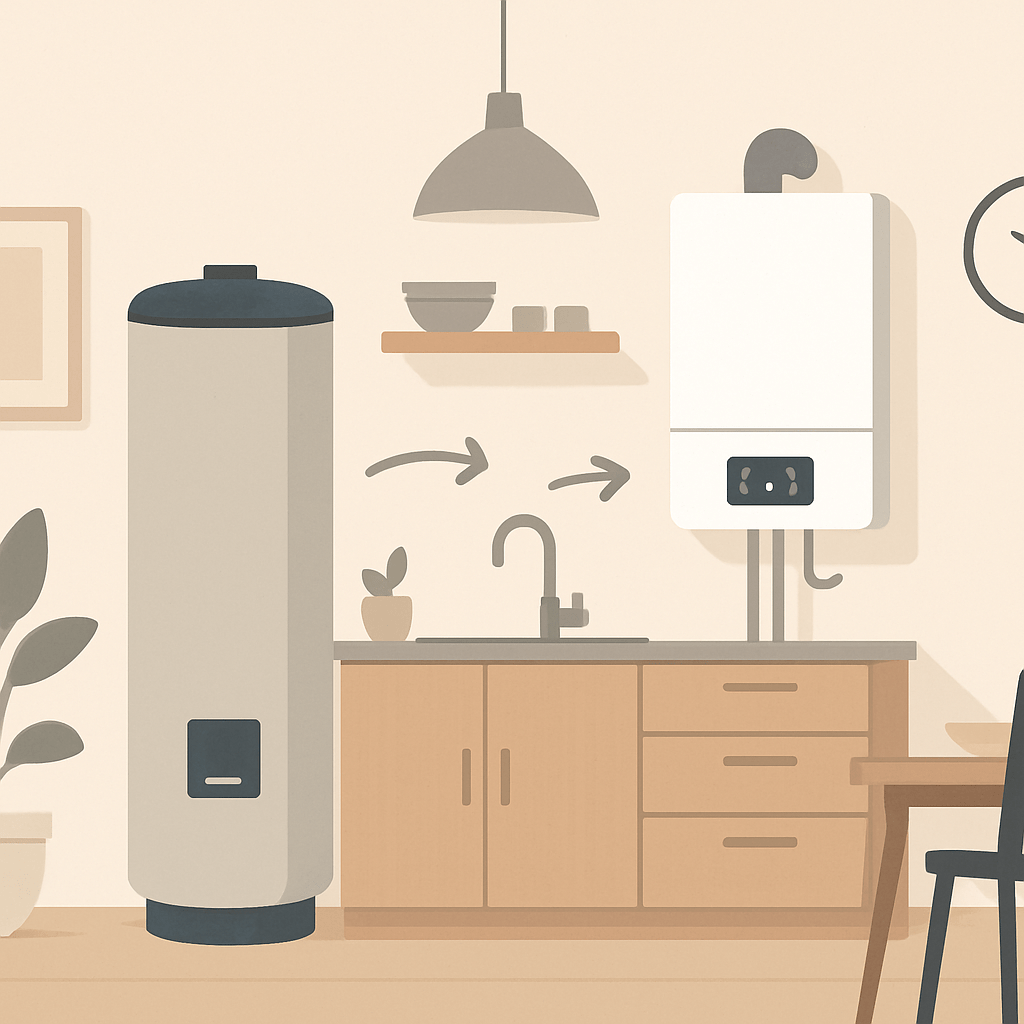
What we are changing
Water tank system: You have a boiler plus a hot water cylinder (and maybe a cold tank). It stores hot water.
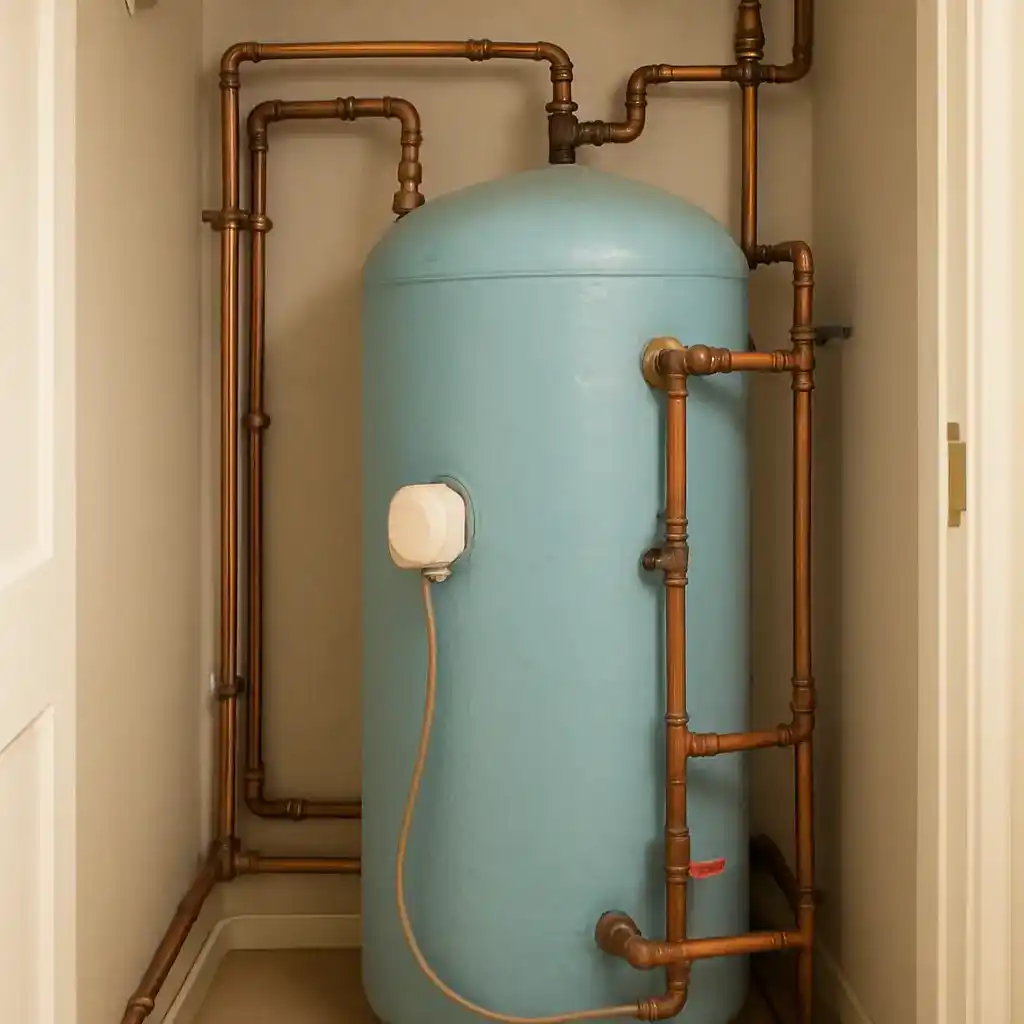
Combi boiler: One box that heats water on demand. No hot water tank. Saves space and can be more efficient.

If you want to free space, reduce parts that can fail, and get hot water fast, a combi is a strong choice.
The short answer: how much does it cost?
- Typical total cost: £2,500–£4,000 for many average homes.
- Low end (simple job, small home): around £2,000–£2,500.
- High end (complex pipework, premium boiler): £4,000–£6,000+.
Prices change based on your home size, gas pipe upgrades, flue position, and the brand you pick. If access is tight or your system is old, costs are usually higher.
Cost breakdown (so you see where the money goes)
| Cost item | What it covers | Typical range (GBP) |
| Combi boiler unit | The boiler itself (standard to premium) | £700–£2,500 |
| Installation & labor | Fitting, commissioning, safety checks | £800–£1,800 |
| Remove old tanks/cylinder | Taking out and disposing of old gear | £200–£600 |
| Flue & plume kit | Safe exhaust parts | £100–£300 |
| Controls/thermostat | Wired/wireless smart controls | £50–£250 |
| Pipework changes | Re-routing, new valves, copper | £200–£800 |
| Magnetic filter & flush | System clean and protection | £200–£500 |
| Gas pipe upgrade (if needed) | Upsizing to meet demand | £150–£400 |
| Making good | Carpentry, capping, patch repairs | £100–£400 |
- Quick totals by scenario
- Small flat, easy access, mid-range combi: £2,000–£3,000
- 2–3 bed home, typical work: £2,500–£4,000
- Large/complex home, premium kit: £4,000–£6,000+
If we choose a trusted mid‑range brand and keep pipe runs short, we are likely to land in the middle of those ranges.
Why switch to a combi boiler?
Space back: No hot water tank, no loft tank. That closet becomes storage.
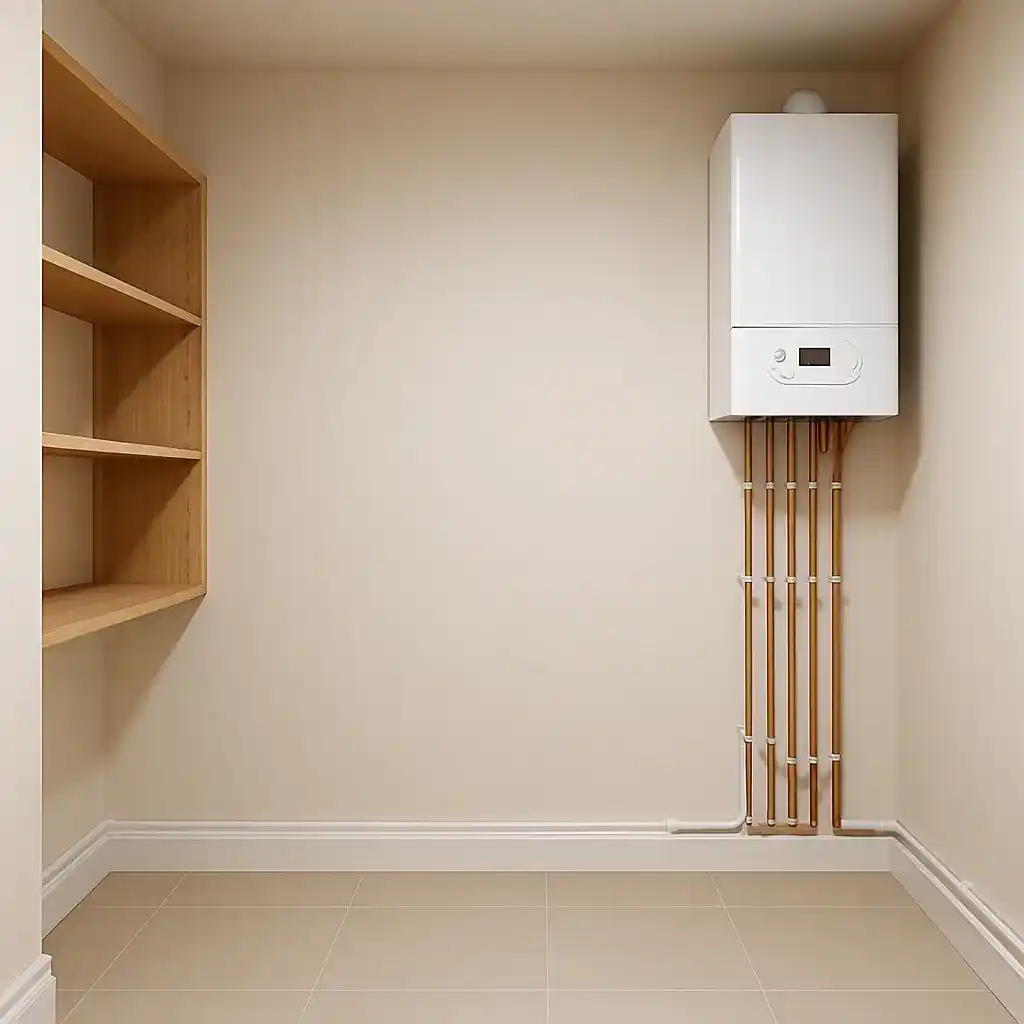
Hot water on demand: No waiting for the cylinder to heat.

Efficiency: Less heat loss from stored water.

- Fewer parts: That can mean fewer leaks and less maintenance.
If your old cylinder is rusty or the tank is taking valuable space, this move makes sense.
Things that change the price (watch these)
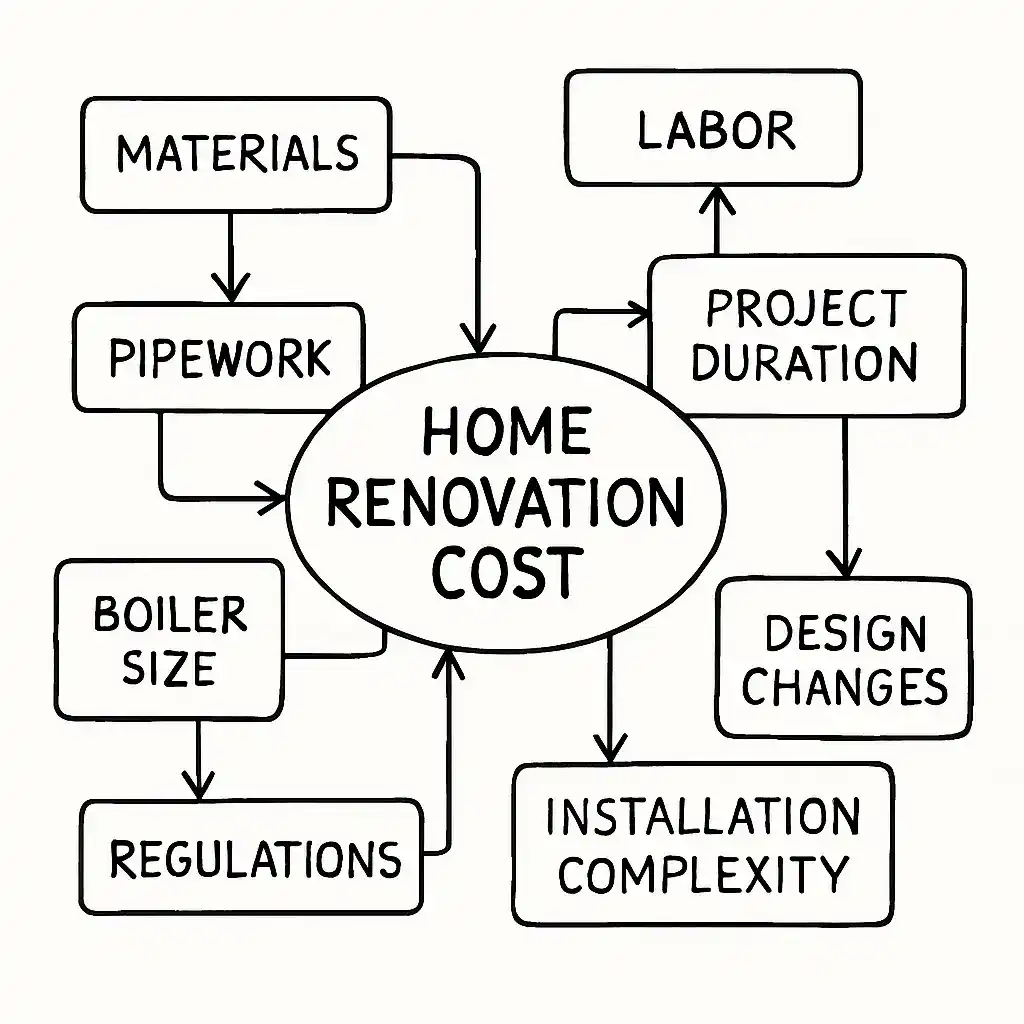
- Boiler size (kW): Bigger homes and more bathrooms need higher kW, which can cost more.
- Water pressure & main size: Low mains pressure? You might need fixes before a combi works well.
- Gas pipe size: Many older homes need a larger gas pipe for a combi.
- Flue route: Long or tricky flue runs add parts and labor.
- Access: Tight cupboards and long pipe runs take more time.
- Brand & warranty: Premium brands and long warranties cost more but can be worth it.
- System condition: Sludge or old radiators may need a deep clean or upgrades.
If two quotes are far apart, these are usually the reasons why.
The simple step‑by‑step process

- Survey and quote: An engineer checks pressure, pipe sizes, flue options, and where the boiler should go.
- Choose the boiler: Pick a size and brand that match your home and budget.
- Remove old kit: The cylinder and any loft tanks come out.
- Install combi: Mount the unit and connect gas water and heating.
- Fit flue and controls: Safe exhaust and a good thermostat are key.
- Flush and protect: Clean the system and add a magnetic filter.
- Test and commission: Safety checks and set temperatures show you how it works.
- Make good: Cap pipes, patch holes, tidy the space.
We should always get the paperwork: the benchmark, warranty registration, and any safety certificates.
Pros and cons (so we stay realistic)
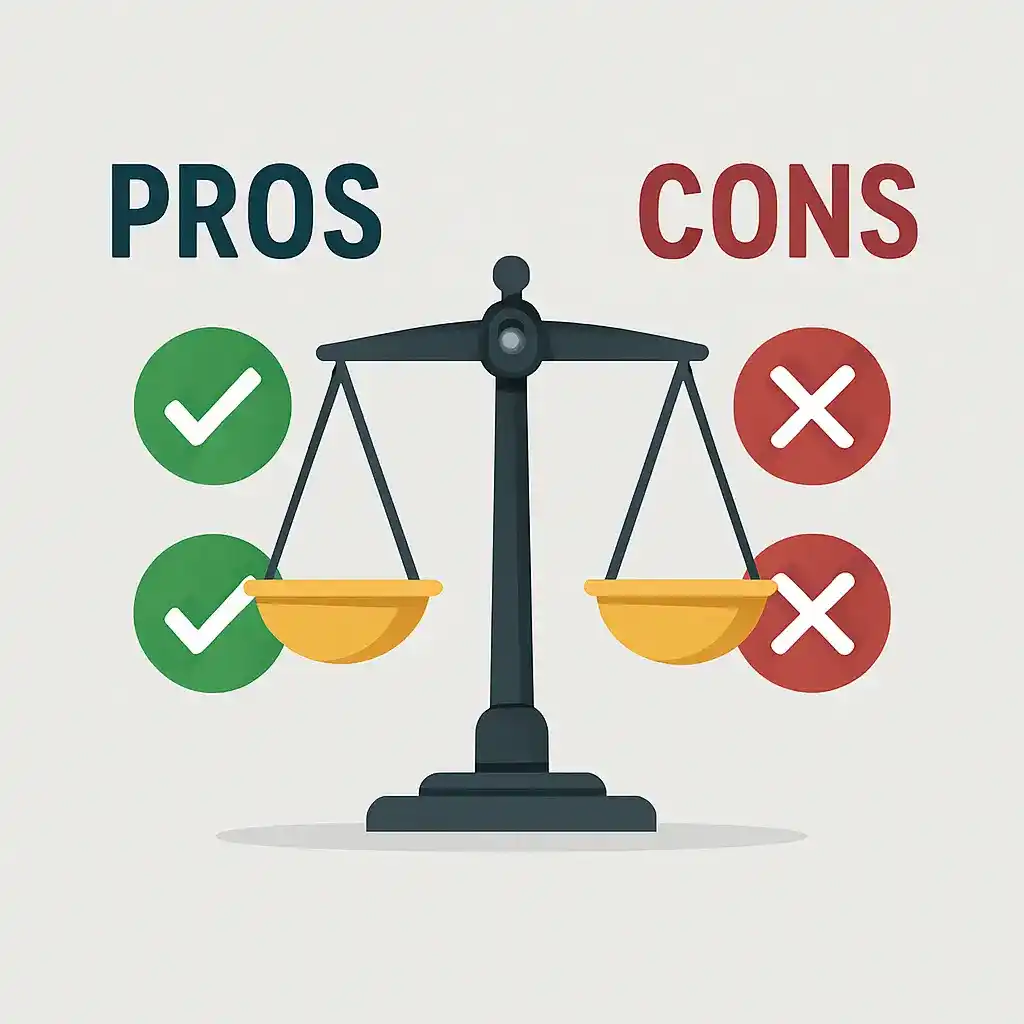
- Pros
- Space saving and simpler system
- Hot water on demand
- Less heat loss, can lower bills
- Fewer parts to maintain
- Cons
- Flow rate limit: One shower at a time is best in many homes
- Needs good mains pressure: Poor pressure means poor results
- No stored hot water backup: If the boiler stops, no hot water
- Gas pipe or flue upgrades may add cost
If you often use two showers at once, a combi may not be the best fit.
Money‑saving tips that actually help

- Pick a trusted mid‑range boiler with a solid warranty (7–10 years).
- Keep the boiler near existing pipes to cut labor time.
- Book during quieter seasons if you can; quotes can be friendlier.
- Ask for a fixed‑price quote that lists every part.
- Service yearly so the warranty stays valid and the boiler lasts longer.
We should also ask if a system boiler (with a cylinder) suits big homes better.
When a combi is a great idea (and when it isn’t)
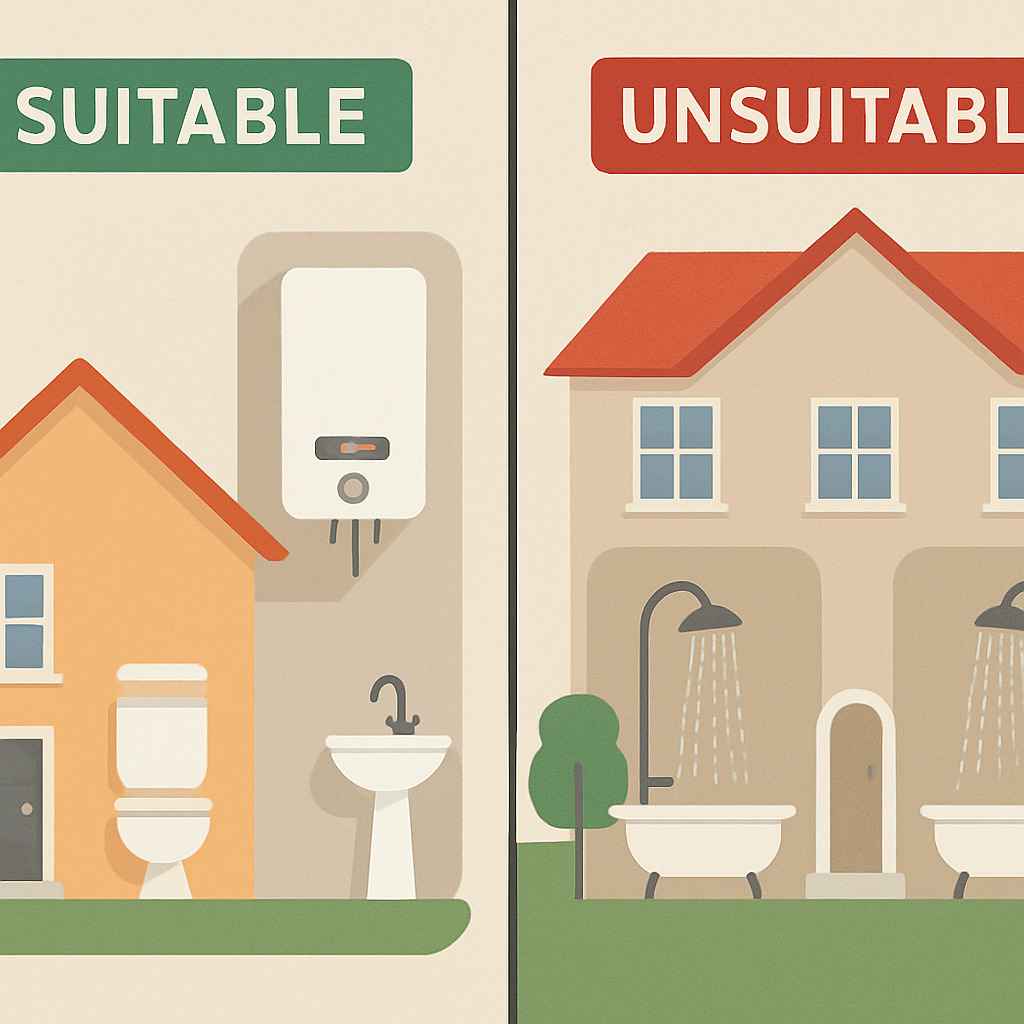
- Great if:
- You have one bathroom and good main pressure.
- You want more storage space.
- You want simpler heating with fewer parts.
- Not ideal if:
- You have two or more showers used at the same time.
- Your main water pressure is low and can’t be improved.
- You like having a large store of hot water for back‑to‑back baths.
If in doubt, we should ask for a pressure test and a flow‑rate check before deciding.
Quick checklist before you say yes
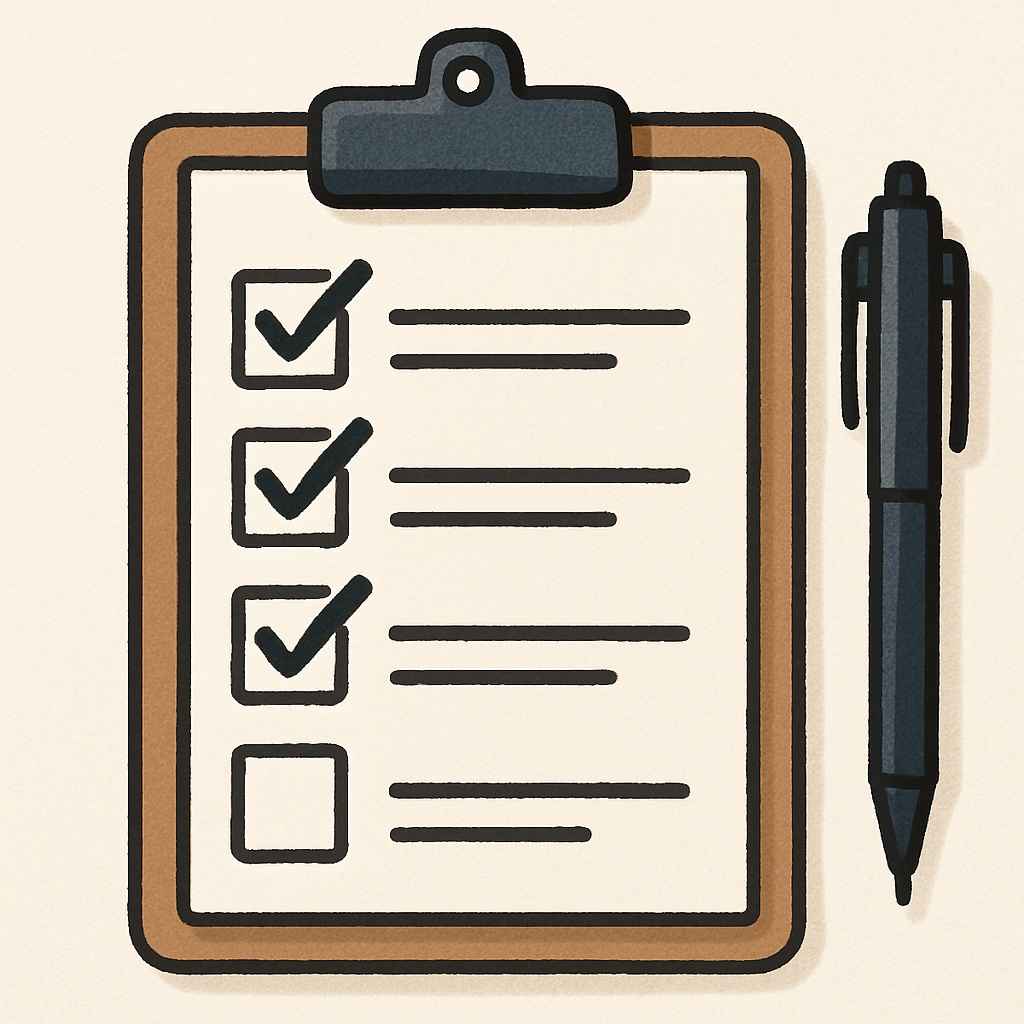
- Are the main’s pressure and flow rate strong enough?
- Do we need a gas pipe upgrade?
- Is the flue route simple and safe?
- What warranty are we getting?
- Is a system flush and magnetic filter included?
- Are old tanks being removed and made good in the quote?
- Do we understand the total price and any extras?
If all of these are clear, you’ll avoid surprise costs.
Meta description
How much to change from water tank to a combi boiler? I break down costs, steps, pros/cons, and savings tips. Simple, clear, and engaging.
FAQs
- What is a combi boiler?
- A combi heats water when you turn on a tap. It doesn’t store hot water in a tank, so it saves space and can cut heat loss.
- How long does the change take?
- Most swaps take 1–2 days. If there’s a lot of pipework or a tricky flue, it can take 3 days.
- Are combi boilers good for large homes?
- They are fine for many homes with one bathroom. If you have two or more showers at the same time, a system boiler with a cylinder might be better.
- Will my shower pressure improve?
- If your mains pressure and flow are good, the combi will feel strong. If mains are weak, a combi won’t fix that by itself.
- What size combi should we choose?
- Many homes use 24–30 kW for heating and hot water. Bigger homes or high hot‑water demand may need 30–40 kW. An engineer should size it after a survey.
- Do I still need a water tank?
- No. That’s the point of a combi. It makes hot water on demand, so the cylinder and loft tanks can go.
- How long do combi boilers last?
- Often 10–15 years with regular servicing and clean system water.
- Should we get a power flush?
- If your system is sludgy or old, yes. At least ask for a chemical flush and a magnetic filter to protect the new boiler.
- Do I need new radiators?
- Not always. If they are old or clogged, new ones can help efficiency, but it’s not required in every case.
- Can we move the boiler location?
- Yes, but it can add cost if pipes and flue runs get longer. Keeping it close to the old spot is cheaper.
Final thoughts
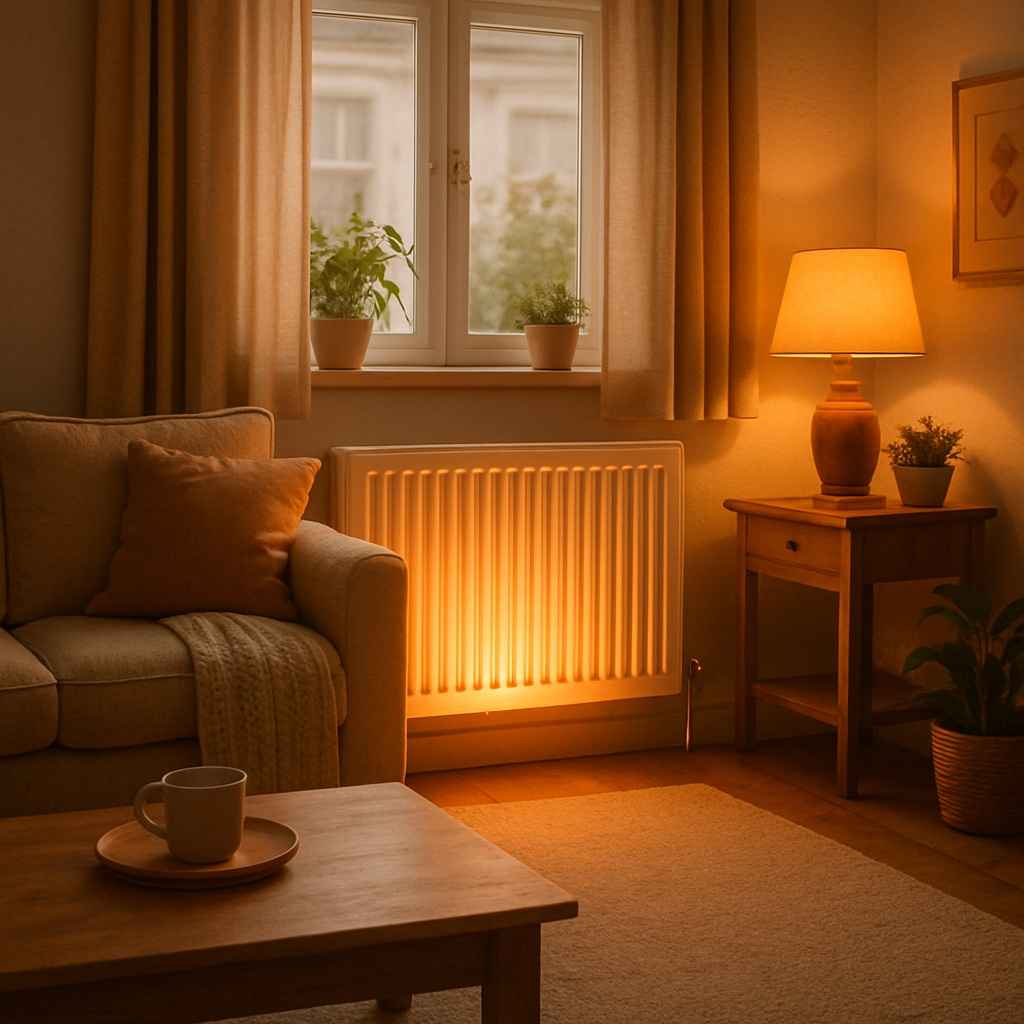
I wanted a simple answer to “How much to change from water tank to a combi boiler,” and this is what I found: most of us will pay somewhere between £2,500 and £4,000, more if the job is complex or the brand is premium. If we check pressure, plan the flue well, and choose a solid mid‑range boiler, we should get a smooth install, hot water on demand, and a tidy space back. That, to me, is worth it.
